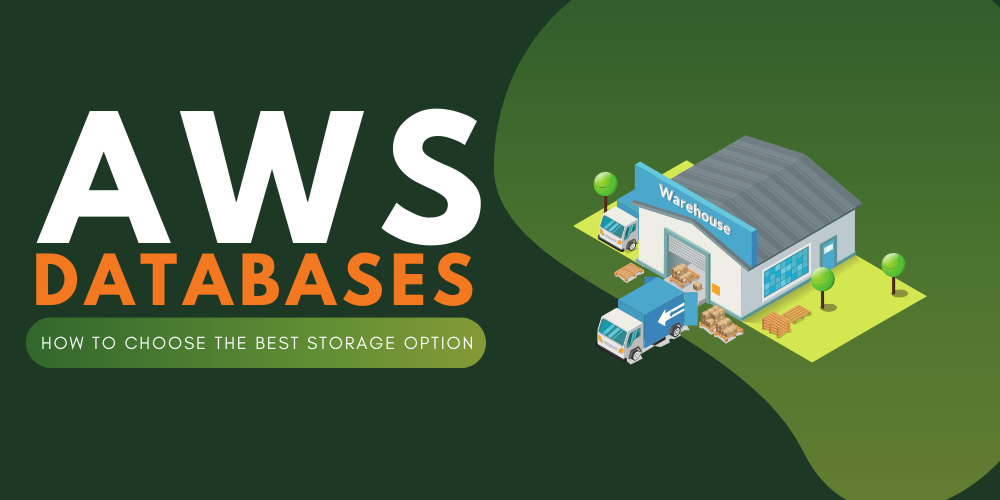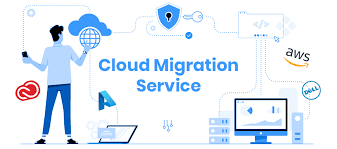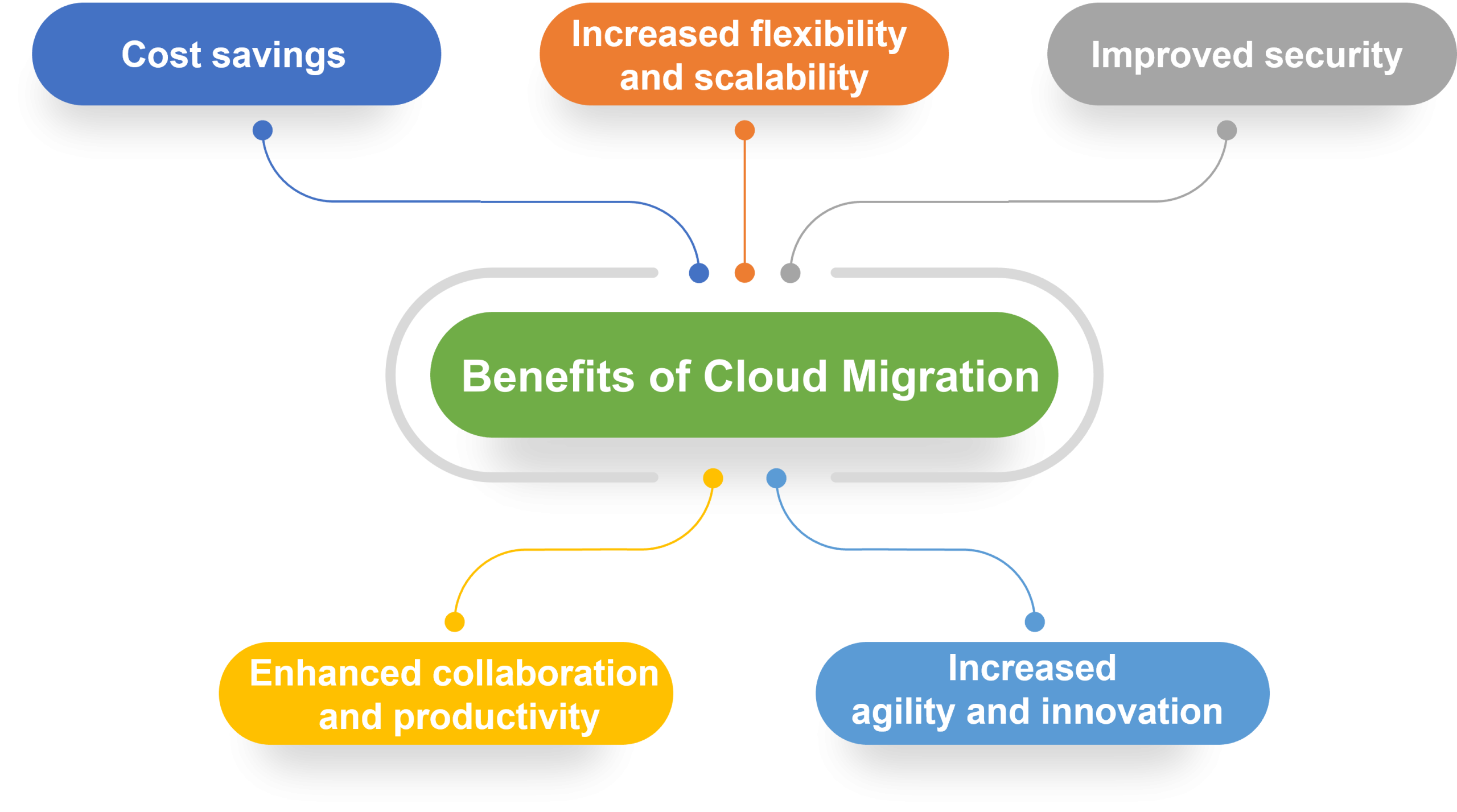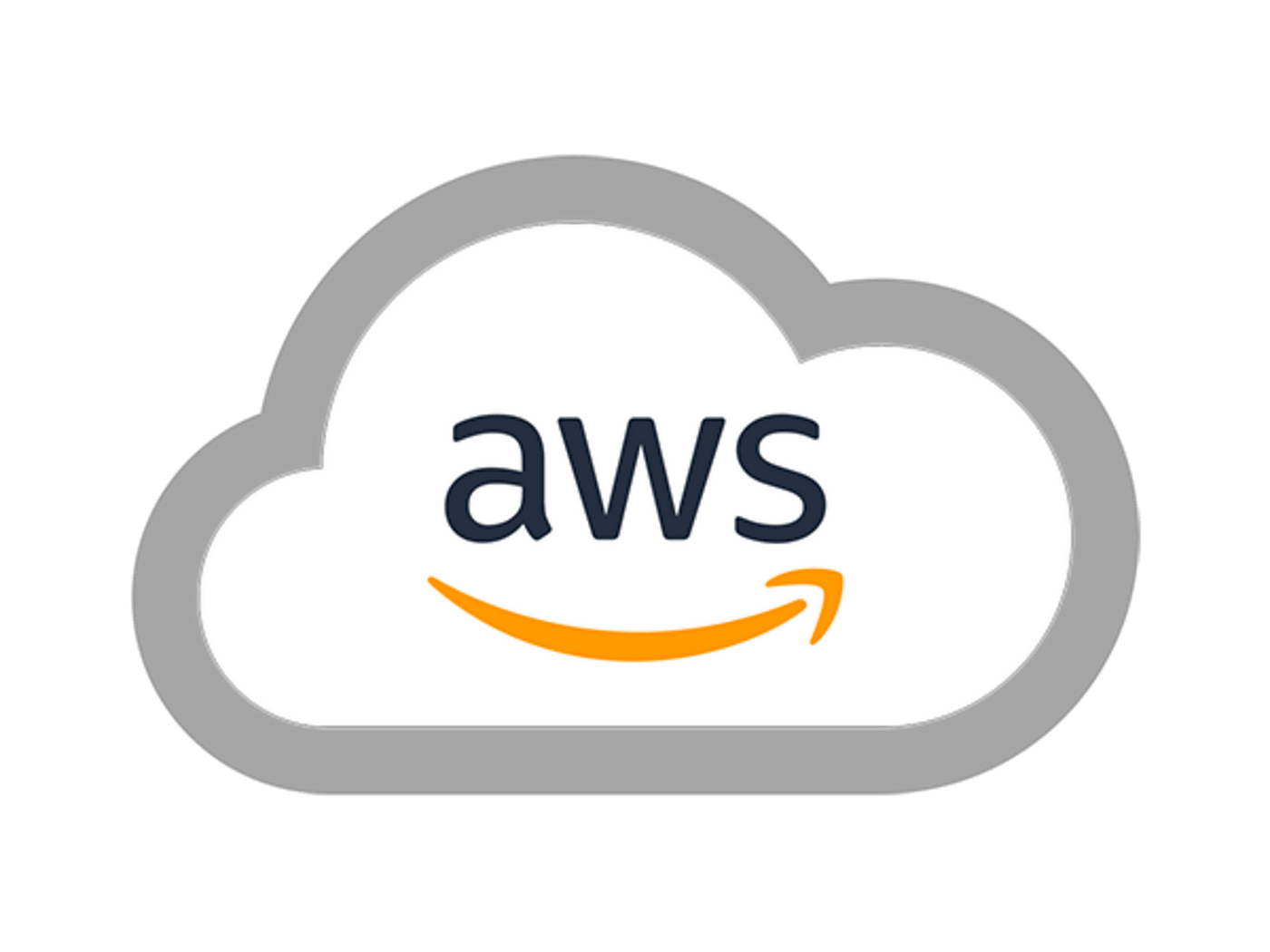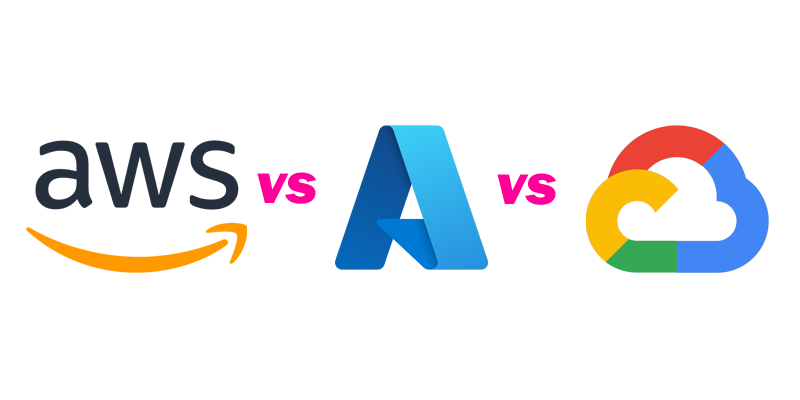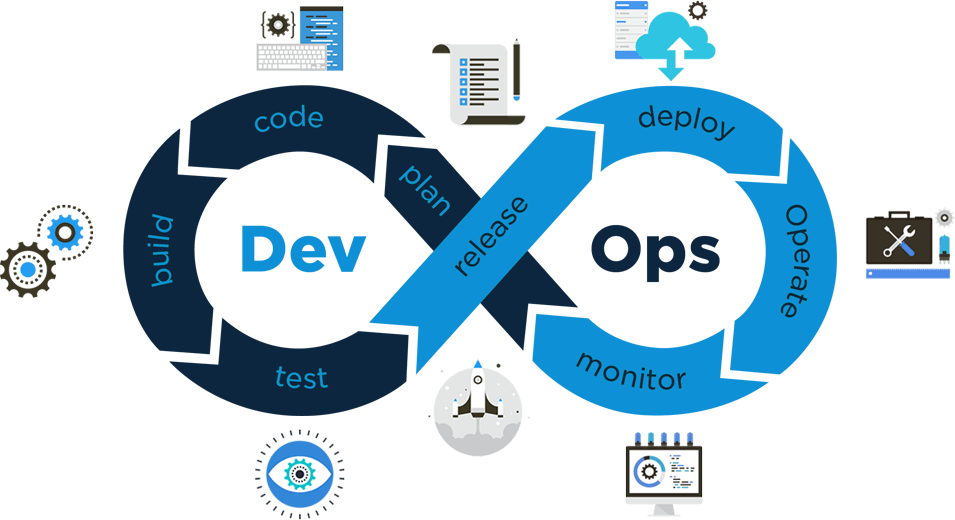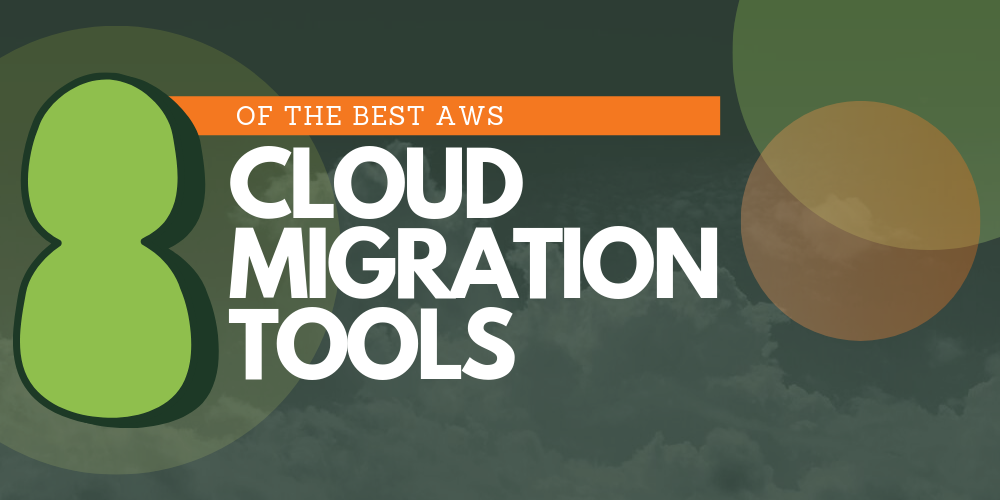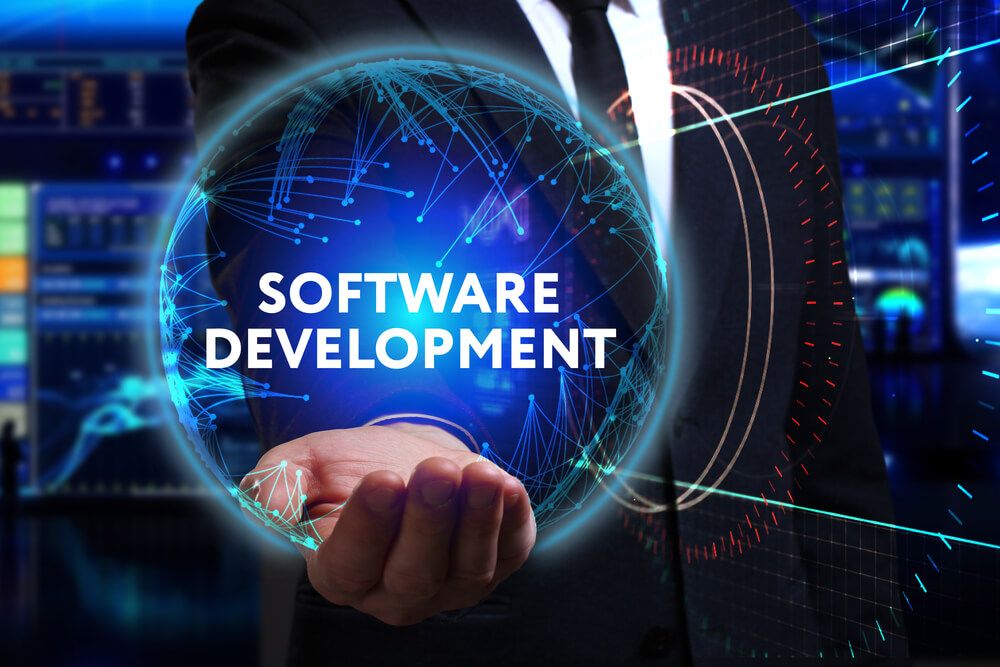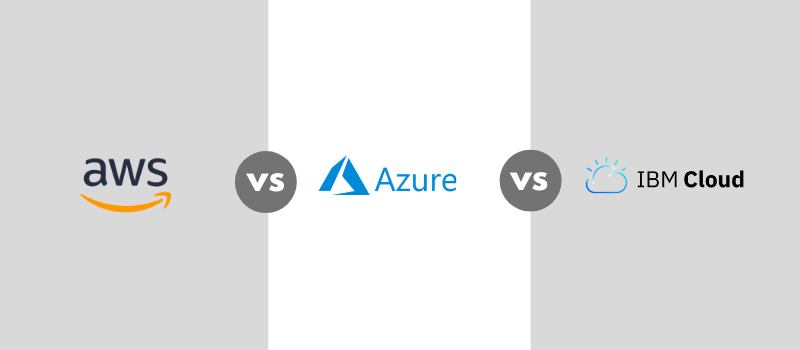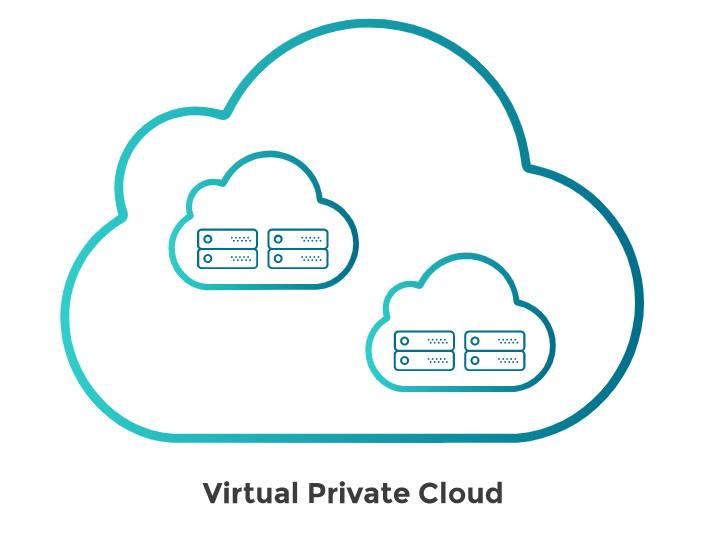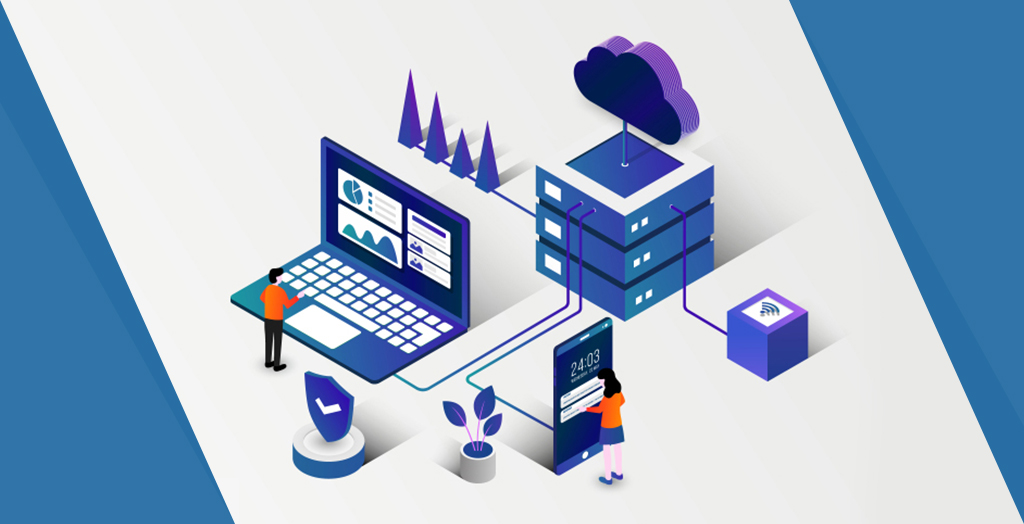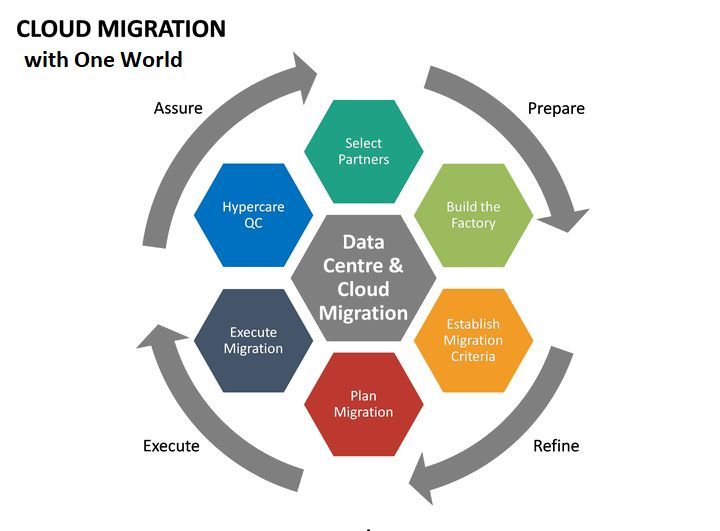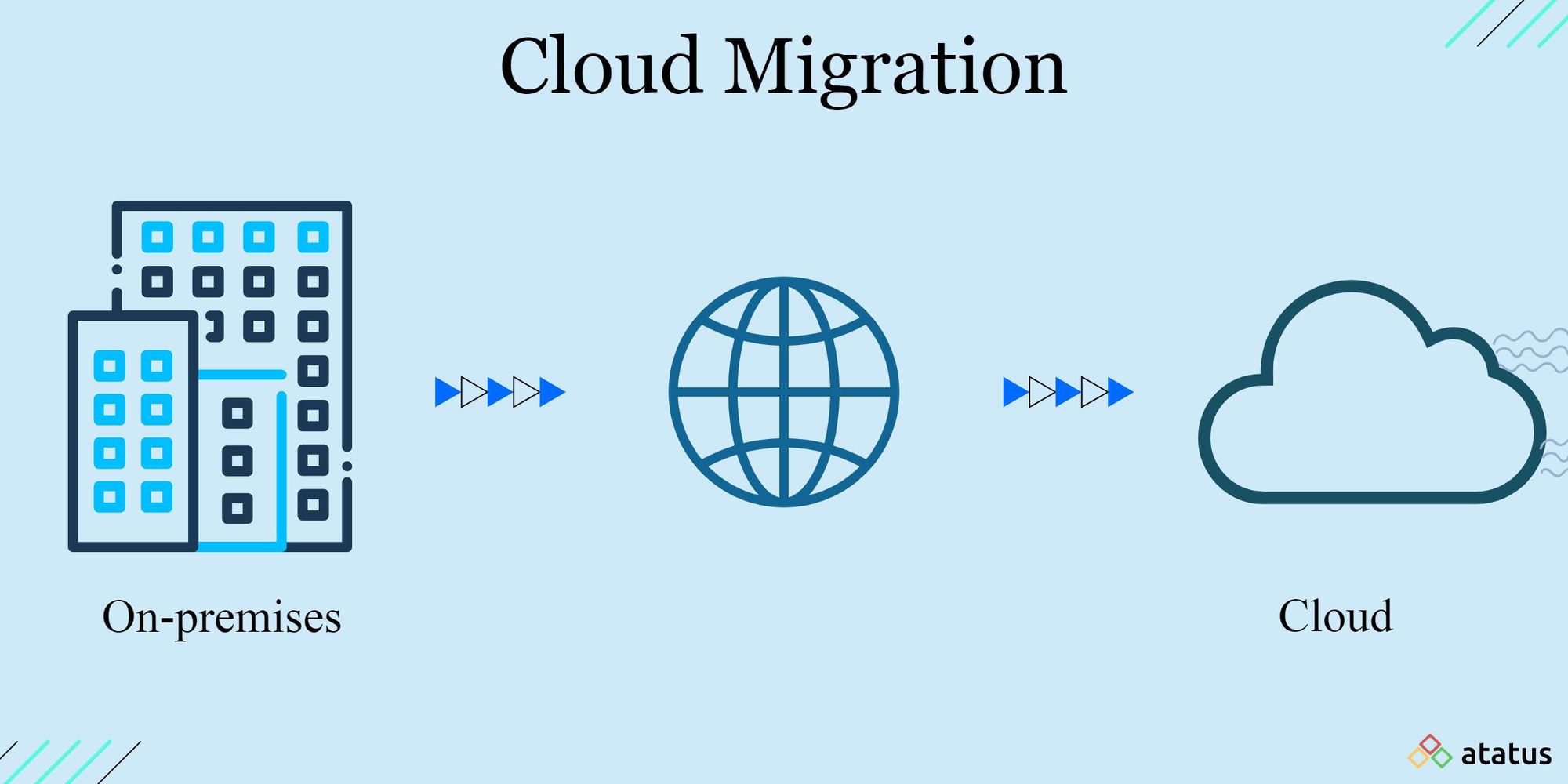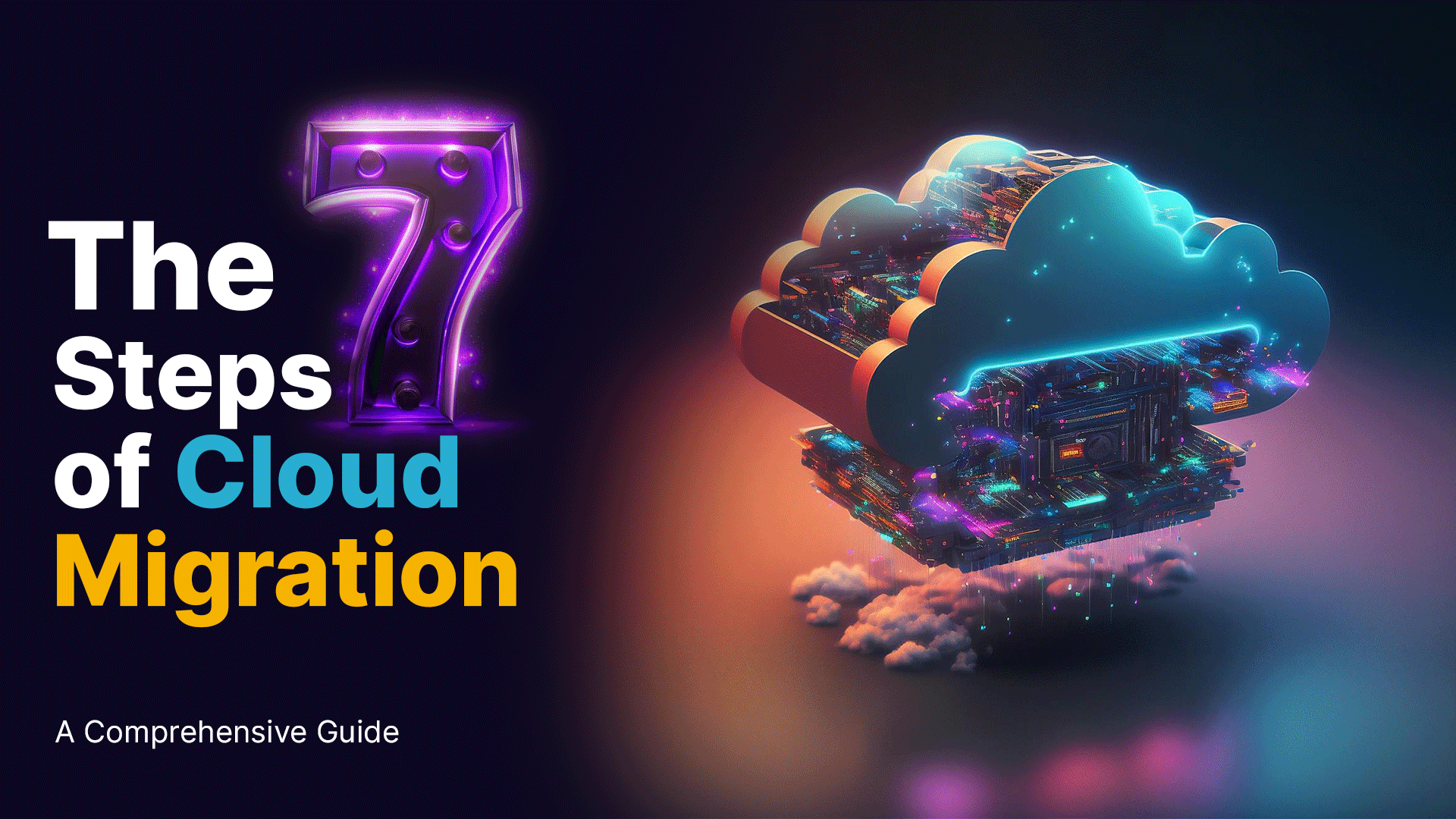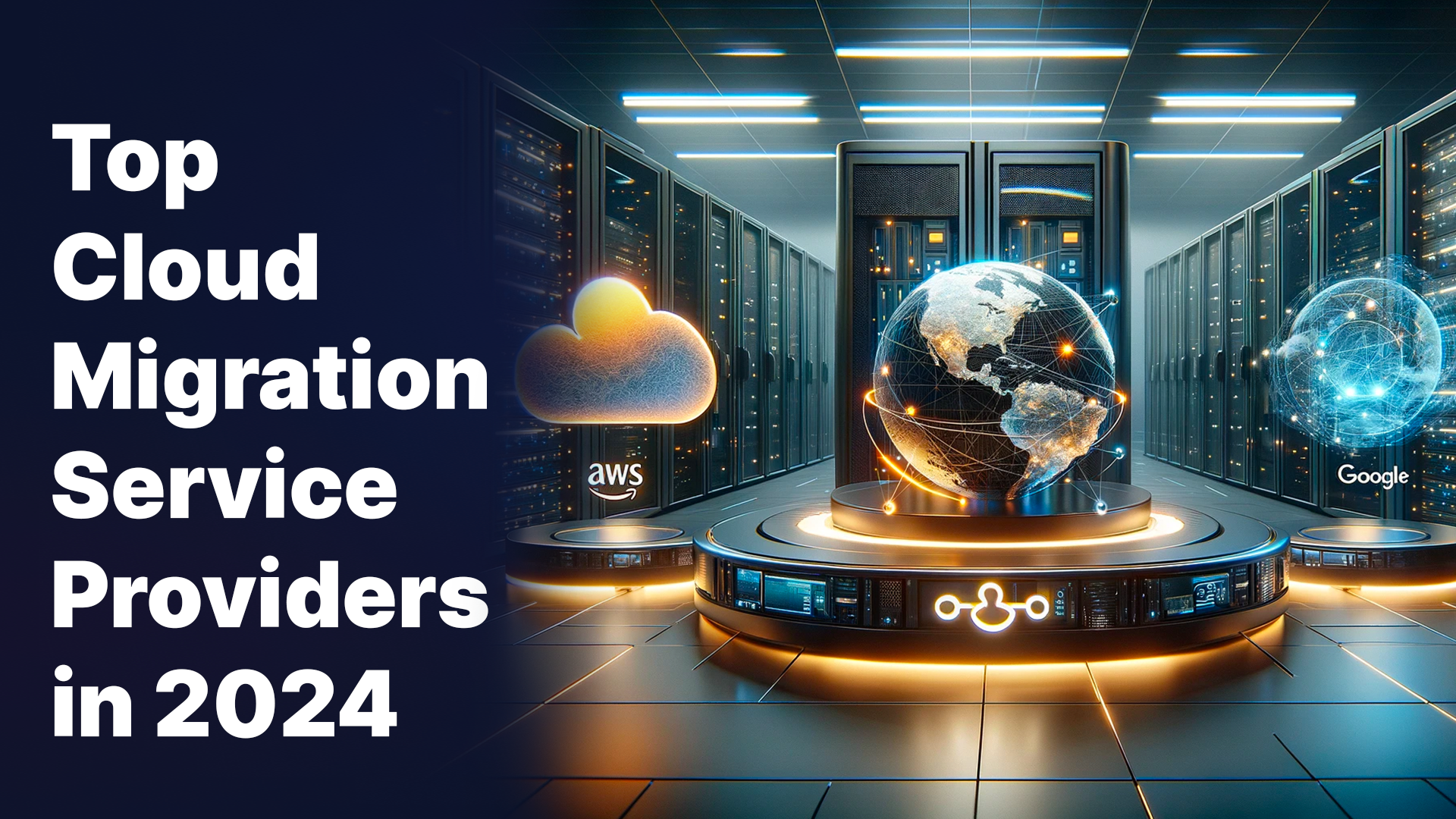Maximizing Sales with Shopify and HubSpot Integration: A Comprehensive Guide
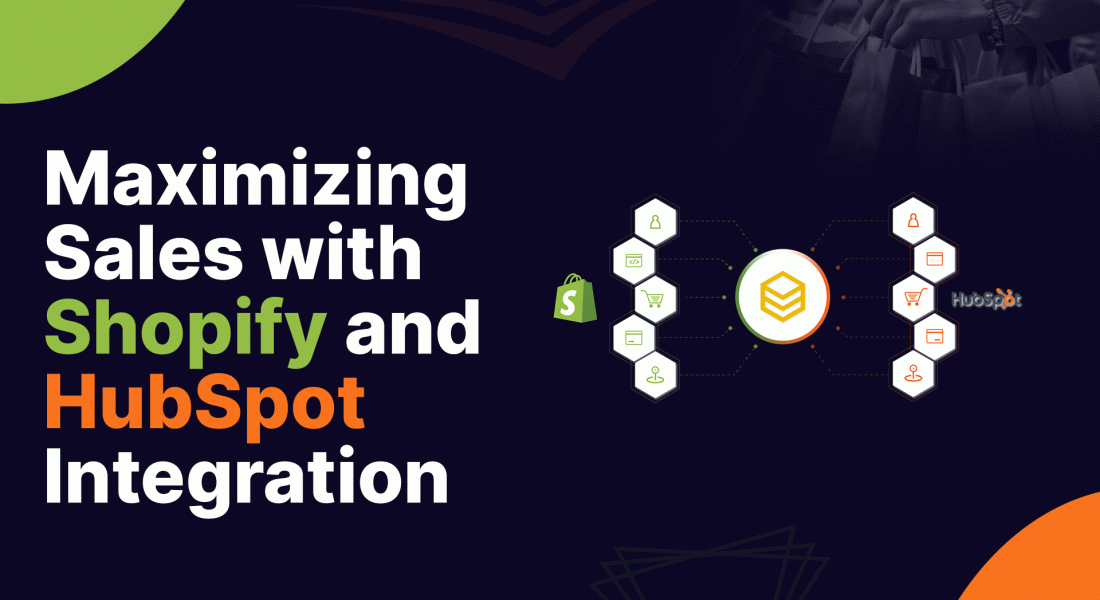
Introduction:
To navigate the unpredictable e-commerce landscape successfully, having an online store alone is not enough. It calls for a meticulously crafted digital strategy and clever use of efficient tools to generate sales tactics that ultimately optimize your success. In terms of proficient platforms, Shopify and HubSpot are considered titans in their respective industries, with unsurpassed capabilities per se.
When these two dominant forces combine seamlessly, it creates a dynamic synergy that achieves unprecedented heights in promoting growth within your e-commerce enterprise.
In the upcoming comprehensive guide, we’ll explore numerous benefits resulting from seamless Shopify and HubSpot Integration. Our forthcoming manual examines the advantages of effortlessly combining the features between Shopify and HubSpot’s functionalities into a comprehensive package for enhanced productivity.
We’ll provide concrete measures, offering a strategic plan to not only keep up with competitors but be two steps ahead, redefining sales potential in the vast digital world.
Understanding Shopify and HubSpot
Before exploring the intricacies of HubSpot integration with Shopify, it is critical to examine the fundamental features that embody both platforms.
Shopify is a well-known platform for online commerce that simplifies the process of creating and operating digital stores. With its intuitive user interface and versatile designs, Shopify facilitates businesses in offering essential services like secure payment processing and inventory management to their customers. It is an all-in-one solution for enterprises of all sizes, including tools for seamless online operations ranging from product listings to order tracking.
Furthermore, Shopify’s broad app ecosystem allows users to expand further and customize their online storefronts. Shopify simplifies the intricacies of online commerce, making it accessible to a wide spectrum of users, whether you’re a small business or a larger organization.
On the other hand, HubSpot boasts a wide-ranging toolkit as a marketing, sales and customer service platform. Its capabilities span from customer relationship management (CRM) to marketing automation and sales automation, rendering it an adaptable business solution. The standout feature of this software lies in its ability to consolidate client information while optimizing communication channels across multiple points of contact – resulting in improved efficiency and bespoke interactions with customers.
Thanks to its user-friendly interface and emphasis on inbound marketing, HubSpot is extensively used to manage and optimize critical areas of the customer experience, from lead generation to post-purchase engagement.
The Shopify and HubSpot integration Offers Various Advantages:
The primary goal of establishing a Shopify store is to earn revenue and maximize profitability.
To accomplish this, merchants must actively work towards maintaining their current clientele while also drawing in fresh ones. With HubSpot and Shopify integration, your business can gain incredible abilities. This integration offers the opportunity for highly customized marketing campaigns, automated sales and marketing processes as well as driving growth and success in the company.
The Shopify HubSpot integration is yielding revolutionary benefits and marks a significant game-changing shift.
- Unified Customer Data: The Shopify integration with HubSpot allows for the consolidation of all customer data into a unified system. This includes vital information such as purchase history, contact details, and interactions. The resulting comprehensive view provides valuable insights into customers which can be utilized by firms to tailor their marketing and sales tactics in a more personalized manner. Improved focus leads to greater efficiency in targeting specific goals with increased accuracy based on consolidated client profiles under one roof.
- Efficient Marketing Automation: HubSpot’s advanced marketing automation solutions can be a potent asset when utilized in tandem with Shopify to achieve efficient marketing. Businesses can use this connectivity to develop ads that are not only targeted but also tailored depending on client behavior and interests. The streamlined operations improve engagement and contribute to a more efficient marketing approach, from automated abandoned cart reminders to post-purchase follow-ups.
- Streamlined Sales Processes: The interface allows for a seamless flow of data between your Shopify store and HubSpot CRM. This real-time access to customer data enables your sales force to engage leads and customers more effectively. Lead scoring and nurturing processes that are automated help to create a more effective and streamlined sales funnel, eliminating manual labor and enhancing productivity.
- Individualized consumer Experiences: Businesses that have a thorough 360-degree perspective of each consumer can provide highly individualized experiences. Smart content and personalized recommendations from HubSpot take a customer’s purchasing history, preferences, and browsing activity into account. This customized strategy improves the purchasing experience, increasing consumer loyalty and happiness.
- Advanced Analytics and Reporting: The HubSpot and Shopify integration connection delivers a strong analytics framework by combining transactional data from Shopify with HubSpot’s analytical capabilities. This combination provides excellent insights into e-commerce success, allowing organizations to track marketing campaign efficacy, monitor customer interaction metrics, and spot trends. Businesses can use this data to make informed, data-driven decisions that optimize their whole sales strategy for long-term growth and success.
Steps of Shopify and HubSpot Integration:
After thoroughly discussing the advantages, let’s proceed to guide you through the process of integrating Shopify and HubSpot. This Shopify HubSpot integration will help in amplifying your sales.
- Connect Shopify and HubSpot:
Begin the process of connecting Shopify to HubSpot by acquiring the HubSpot app from the Shopify App Store and subsequently installing it. Then, simply follow the on-screen directions to connect your Shopify store to your existing HubSpot account. It’s essential for a seamless data transfer between both systems when completing this stage.
- Configure Data Sync Settings:
To set up the synchronization of data between Shopify and HubSpot integration, adjust your Data Sync Settings in the integration menu. Choose which specific information you want to sync – customer details, orders, and products are all options. You should also establish how frequently these updates will occur so that your records always reflect real-time changes.
- Streamline Operations with HubSpot Workflows:
By leveraging HubSpot workflows, you can automate various tasks on your Shopify store when specific events occur. For example, set up processes like sending customized emails to customers who leave their shopping carts or alerting your sales team when a valuable lead completes a purchase.
- Implement Personalization Strategies:
Maximize the potential of HubSpot’s personalization tools in creating dynamic content for your Shopify site. By customizing product recommendations, promotional banners, and calls to action based on each consumer’s unique data, you’ll see a significant increase in engagement rates while also boosting conversion rates at the same time.
- Enable Multi-Channel Marketing:
To enhance your marketing reach, do Shopify integration HubSpot to enable a multi-channel approach. Utilize the social media and email marketing features of HubSpot to connect with customers across different platforms, promoting a uniform brand impression consistently.
- Monitor and Optimize:
Monitor and optimize the performance of your integrated configuration regularly. To find areas for improvement, track key indicators such as conversion rates, client lifetime value, and engagement. Use this information to fine-tune your strategy and constantly improve your sales processes.
Conclusion
The e-commerce industry is being transformed by the dynamic partnership of Shopify and HubSpot integration. These two top players in the market have joined forces to allow businesses to achieve unparalleled levels of success through the integration of their platforms, which facilitates unified customer data management, streamlined marketing automation processes, optimized sales strategies, tailored client experiences, and cutting-edge analytical tools.
By configuring data sync settings that link these solutions together, companies can create highly customized marketing campaigns while automating key sales tasks. Continuous monitoring and adaptation based on real-time metrics across multiple channels both online and offline guarantees more exceptional results than anything seen before.
This Shopify Hubspot integration not only helps retain existing customers but also draws new clients into a business’s digital presence establishing a solid foundation for long-term growth potential as market trends shift over time.
Strategically embracing this move is crucial for staying ahead in an ever-evolving landscape, where agility directly correlates with success. This aligns businesses perfectly with evolving consumer demands, offering boundless possibilities as they redefine their online strategy, propelling them to greater achievements and unprecedented heights of eCommerce prosperity.
FAQs
What is the main purpose of combining HubSpot integration with Shopify for e-commerce sales?
The major goal is to create money and maximize profitability by retaining existing customers and recruiting new ones by leveraging the combined capabilities of Shopify and HubSpot.
How does the HubSpot and Shopify integration help with customer data management?
The integration allows for the unification of client data, such as purchase history, contact information, and interactions. This gives firms a comprehensive understanding of their clients, allowing for exact customization of marketing and sales methods.
How important is marketing automation in the Shopify Hubspot integration process?
The integration of HubSpot and Shopify creates a powerful tool for marketing automation. This enables businesses to create specific advertisements based on customer behavior and preferences, streamlining tasks such as automatic notifications for abandoned carts or post-purchase follow-ups.
In what ways does the Shopify integration with HubSpot contribute to enhanced analytics and rational decision-making based on data?
By integrating Shopify’s transactional data with HubSpot’s analytical capabilities, valuable insights can be gained about the success of e-commerce. With this integration, businesses can track marketing campaign effectiveness and analyze customer contact analytics to identify trends. Such information empowers informed decision-making that is driven by reliable data, supporting long-term growth and prosperity in overall sales strategy for businesses.
Which steps are crucial in Shopify and HubSpot integration?
Part of the integration process involves linking Shopify with HubSpot, adjusting data sync settings for targeted information, streamlining tasks using HubSpot workflows, and implementing tailored personalization tactics and strategies across channels while continuously monitoring and refining the configuration to enhance performance.
